Hardwood floors, admired for their timeless beauty and durability, can suffer from water damage, leading to concerns such as staining, warping, and even buckling.
This comprehensive guide will walk you through a step-by-step process to understand how to repair hardwood floors from water damage and rejuvenate water-stained hardwood floors, ensuring their lasting appeal.
Additionally, we’ll explore how to identify signs of damage, navigate repairs, and consider professional intervention from a restoration company specializing in water damage restoration.
Signs of hardwood floors Water Damage
Water damage isn’t always immediately apparent, but there are telltale signs that can help you identify the issue:
- Cupping: When floorboard edges start to elevate, creating a wavy appearance, it indicates a condition known as cupping, which is often caused by moisture absorption.
- Crowning: Crowning, the opposite of cupping, occurs when the centers of floorboards rise above the edges due to exposure to humidity.
- Buckling: Severe moisture damage can lead to buckling, where floorboards detach from the subfloor, demanding swift attention.
- Cracking and Warping: Moisture-damaged wood may crack, twist, or warp, distorting its original shape and integrity.
- Odor and Discoloration: Prolonged exposure to moisture can result in the growth of mold, often accompanied by a musty odor and the development of dark patches on the wood.
Can water damaged hardwood floors be repaired?
Yes, water-damaged hardwood floors can often be repaired, depending on the extent of the damage. Minor water damage, such as surface stains or slight warping, can usually be addressed through DIY methods.
However, more severe water damage that has caused deep staining, buckling, or significant warping may require professional intervention for the best results.
How to repair hardwood floors from water damage?
1. Remove Excess Water:
Swiftly address excess water by utilizing a shop vacuum’s wet mode. This will aid in preventing any additional absorption of moisture. When dealing with water-stained hardwood floors, effective water removal is crucial.
2. Thorough Cleaning:
Utilize wood-safe disinfectants to clean the surface, preventing mold growth. Scrub the area, including stairs and baseboards, using a stiff brush. Regularly rinse the brush in water for effective cleaning.
3. Patient Drying:
After cleaning, ensure thorough drying to eliminate excess moisture. In dry climates, open windows for natural ventilation or use a dehumidifier. Avoid direct heat application to prevent cracking.
4. Sanding for Cupping or Crowning:
Smooth raised edges caused by cupping or crowning through gentle sanding. Apply matching varnish and stain for a consistent look.
5. Board Realignment:
Safely secure raised edges by carefully reattaching them using nails or screws. This step restores structural integrity and aesthetic appeal.
Professional Assessment and Assistance
In cases of extensive damage, seek water damage restoration experts or a specialized restoration company. They possess the knowledge and tools to ensure thorough restoration and prevent further complications.
FAQ
While minor damage can be addressed DIY, severe damage may require professional intervention for the best results.
The drying time varies depending on factors like humidity levels and the extent of damage. It can take anywhere from a few days to several weeks.
Yes, deep stains can often be removed through sanding and refinishing. However, in some cases, replacement might be necessary.
While you can’t eliminate all risks, using preventive measures like rugs, mats, and regular maintenance can significantly reduce the chances of water damage.
While you might be able to handle minor damage, consulting an expert can provide insights and ensure proper restoration, preventing potential issues in the future.
Conclusion
Water-damaged hardwood floors can regain their former glory with diligent restoration. By identifying signs of water damage, adhering to systematic restoration steps, and collaborating with a professional restoration company when needed, homeowners can revive the splendor of their hardwood floors. Swift action, guided efforts, and expert intervention collectively ensure the longevity and charm of wooden flooring.



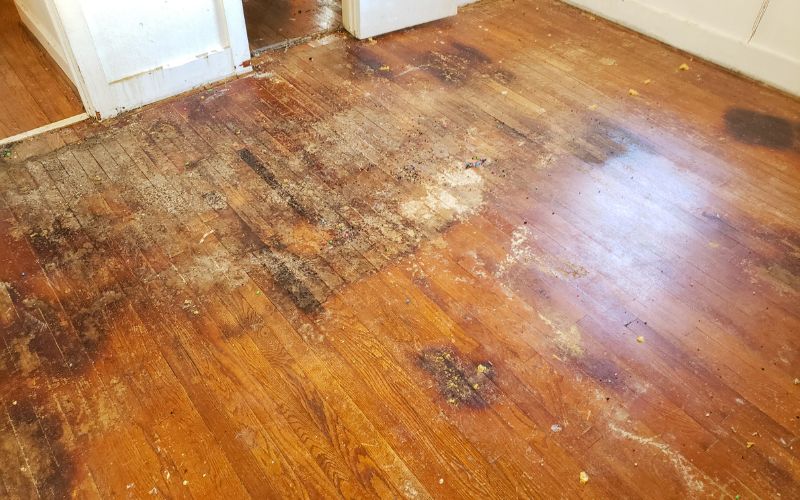
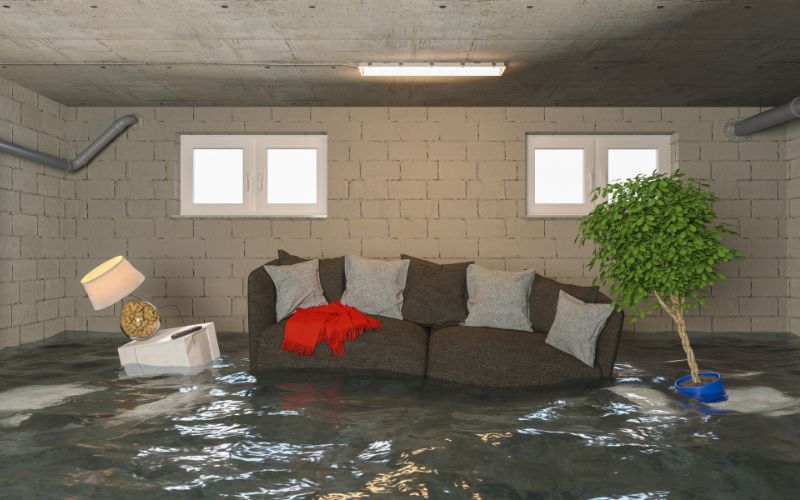
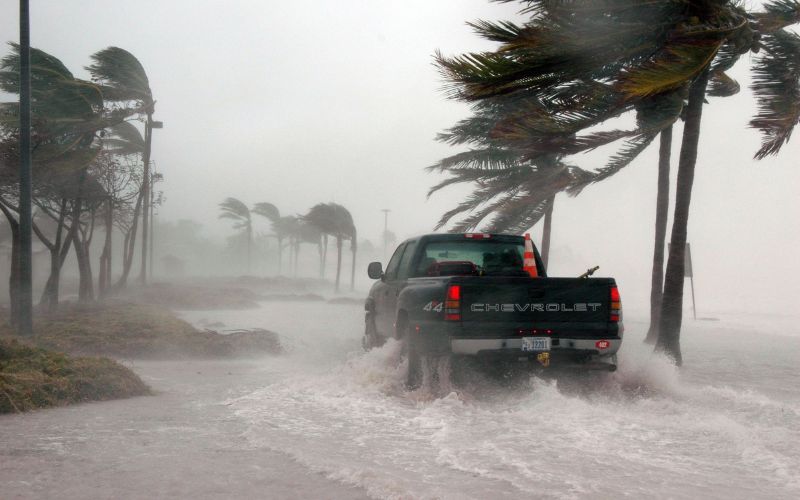
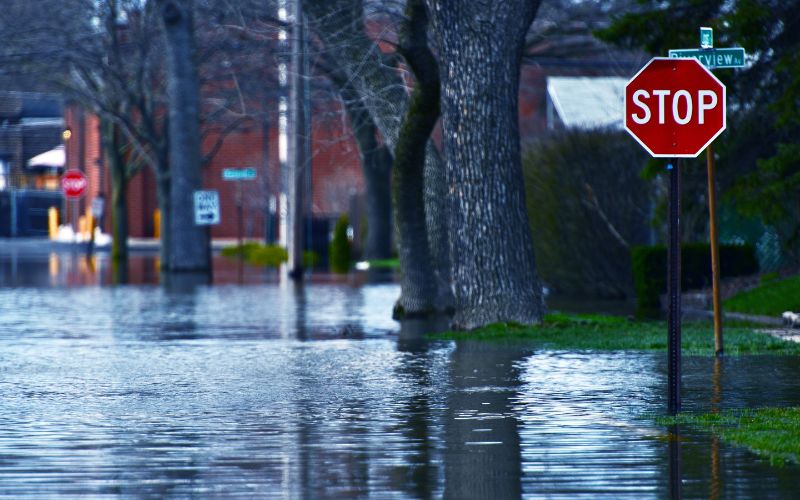
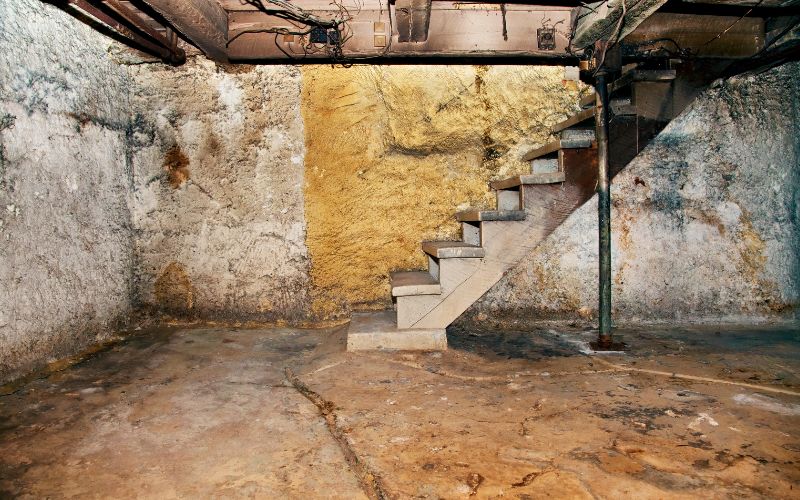
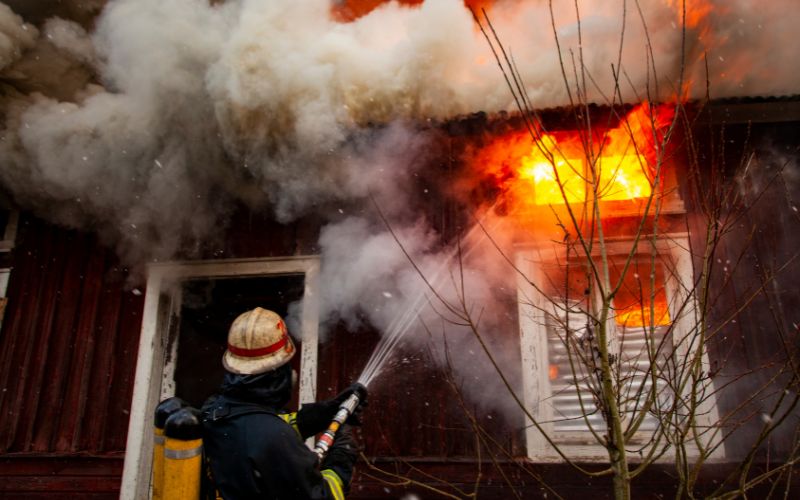




 by
by